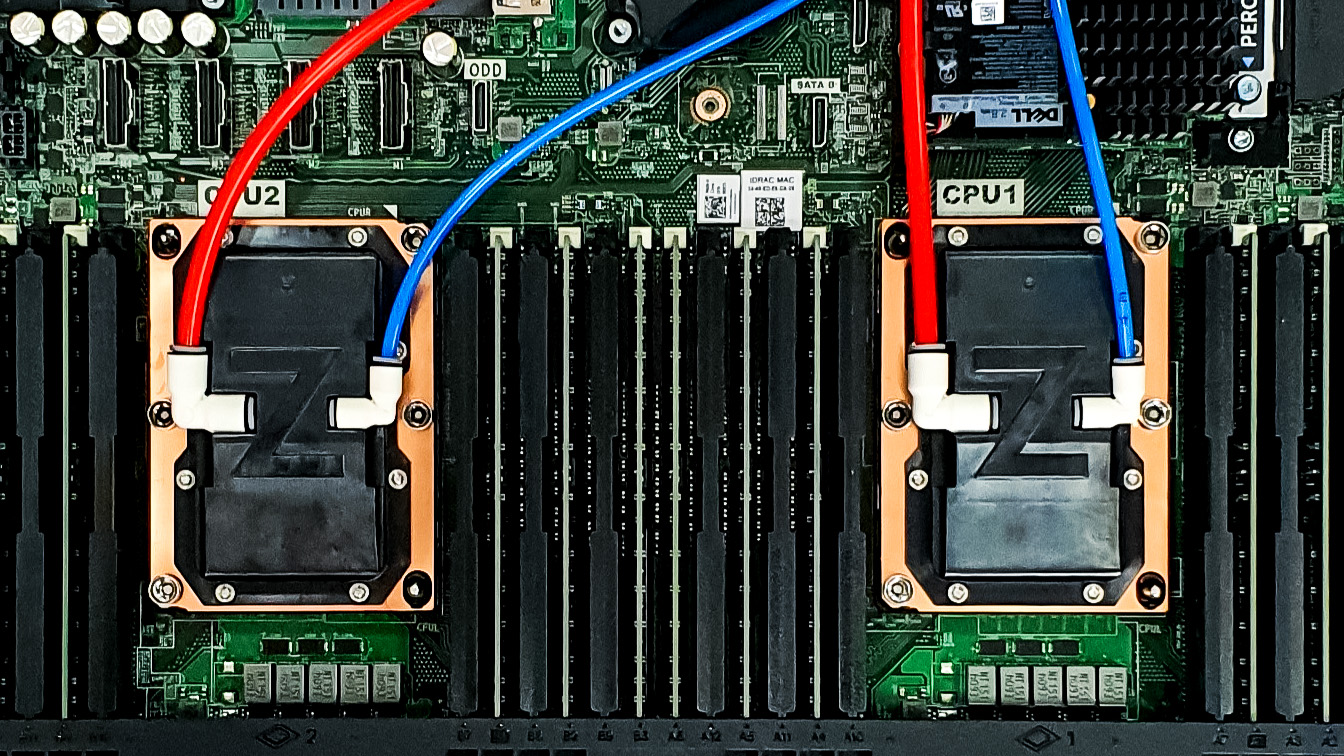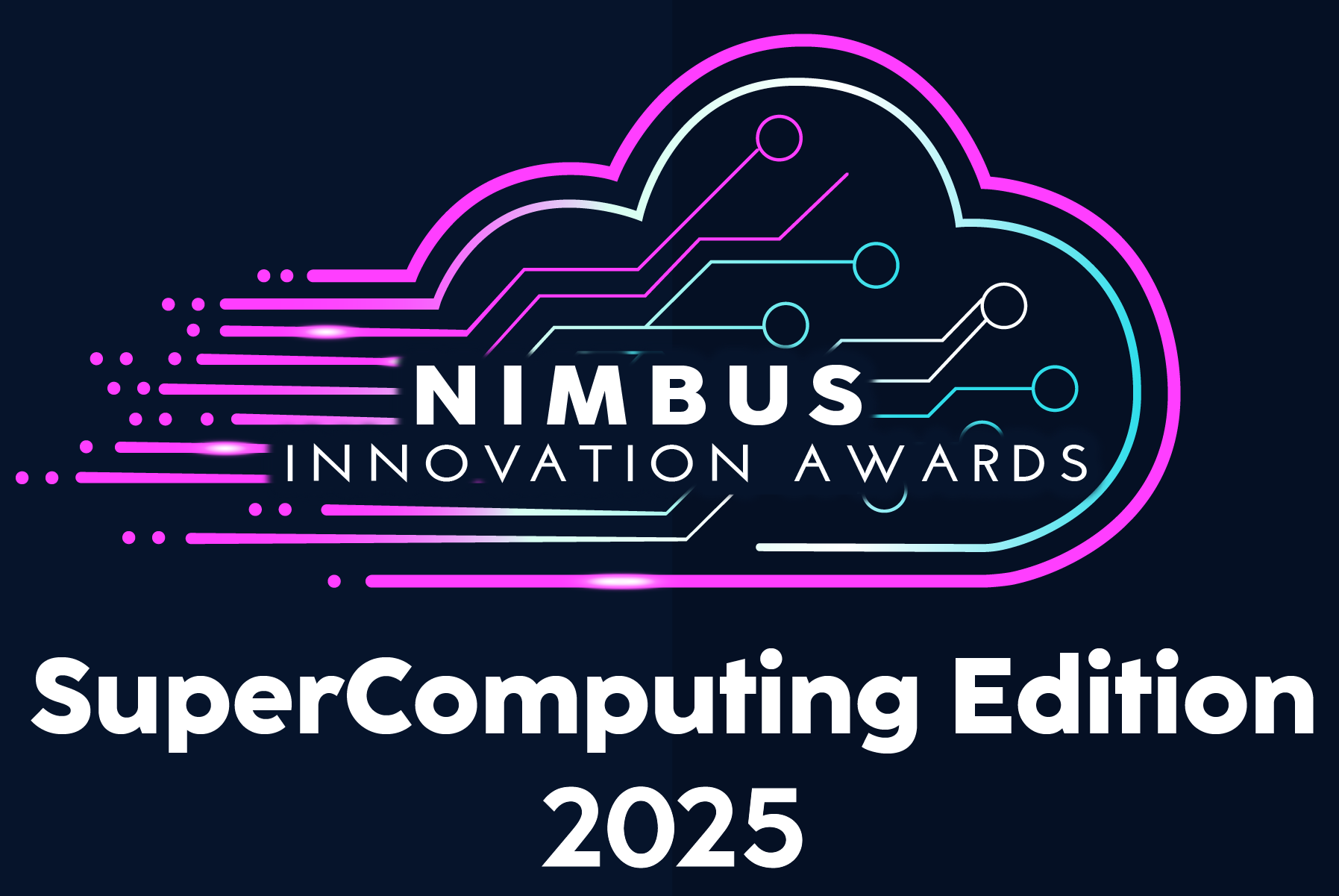2 min read
ZutaCore Wins “Best Supercomputing Cooling Innovation” at ISC 2025
It’s a wrap for the ISC High Performance 2025 Conference and Exhibition in Hamburg, Germany…..and ZutaCore® came home with the Gold! It’s HyperCool®...

Having optimal server capabilities are essential for organizations engaged in compute- and data-intensive applications such as high performance computing (HPC), high performance data analytics (HPDA), machine learning (ML), artificial intelligence (AI), and modeling and simulation.
These HPDA, AI and HPC organizations must invest in efficient cooling solutions to ensure their systems' best performance and longevity. This investment is especially true as each successive generation of processors creates more heat and has more stringent cooling tolerances.
Waterless liquid cooling is one of the most effective methods for providing reliable cooling to high-end processors. It has been proven to enable CPUs to perform consistently at high utilization rates with zero throttling. In this blog, we will explore the advantages of waterless liquid cooling compared to traditional air- and water-based cooling.
Traditional air-based cooling is inadequate for cooling most HPC applications, as air-based cooling cannot draw away heat from components leading to throttling, inconsistent performance, and eventually system-wide shutdowns. One can’t get the air cold enough and blow it with enough velocity to remove the heat generated by the newer generations of processors.
Until now, water-based liquid cooling has been the only choice for HPC data centers requiring it to allow their processors to perform while optimally saving on power. However, there are several pitfalls associated with using water-based liquid cooling in HPC data centers. Water causes corrosion of metal components over time, leading to costly repairs or replacements. As corrosion builds up, even with filters deployed in the systems, the water must be periodically flushed and replaced. Additionally, condensation can form on interior surfaces as temperatures fluctuate, causing damage to electronic equipment and increasing the risk of electrical shock.
One of the main advantages of waterless direct liquid cooling for AI and HPC is its improved efficiency. As workloads cause the processors to heat, the heat transfer fluid absorbs the heat causing the liquid to boil and vaporize. The state change from a liquid to a gas is a highly efficient mechanism to remove the heat, which is then expelled outside of the data center or used via heat re-use applications.
Unlike both air- and water-based cooling, with waterless liquid cooling there is no reliance on the cold temperature or high velocity of the air or water to remove the heat. This method of cooling HPC, AI and HPDA systems allows for more efficient operation of the servers by reducing the power draw once server fans go idle, and allowing the data center to increase the ambient air temperature, saving money on power and cooling. Additionally, the heat transfer fluid is non-corrosive, meaning waterless liquid cooling requires little maintenance when compared with water-based cooling systems.
Once airflow is no longer a limiting factor, organizations can invest in higher-end processors and denser systems, no longer needing to prioritize cooling over performance. Data center real estate can be more efficiently used as densely configured racks can support higher core counts and higher workloads. This allows businesses to get more out of their computing systems and stay competitive in the data-driven world.
As technology advances, data centers with compute- and data-intensive workloads face increasing pressure to reduce carbon emissions and water consumption. With the global climate crisis mounting, it is no longer enough for companies and organizations to reduce their emissions and water usage – they must take steps toward attaining zero emissions. By moving to waterless liquid cooling solutions for HPC, AI, ML, and HPDA systems such as ZutaCore HyperCool, data centers can significantly reduce their emissions while still optimizing server performance.
Learn more by downloading the Waterless Direct-to-Chip Liquid Cooling for AI and HPC eBook.

2 min read
It’s a wrap for the ISC High Performance 2025 Conference and Exhibition in Hamburg, Germany…..and ZutaCore® came home with the Gold! It’s HyperCool®...

3 min read
How liquid cooling can help data centers capture the $3 trillion AI market. AI and HPC have changed our world overnight – and no one is feeling the...

2 min read
Equinix cools 45 metros around the world with direct-to-chip liquid cooling technology Equinix just proved that it really is “Cool to be Cool” with...